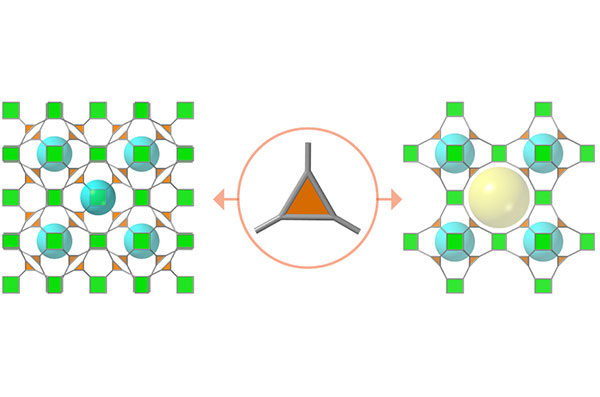
We recently reported the possibility of using the heterometallic Ti Cluster [Ti2Ca2(µ3-O)2(RCO2)8(H2O)4] (Ti2Ca2) to assemble two isoreticular the nets: MUV-10 and MUV-12. These results encouraged us to explore if this SBU might be used as a persistent node amenable to the reticular design of Titanium frameworks. In this study, we present two approaches in which we confirm that this cluster is fully compatible with the synthesis of isoreticular MUV-12(X) crystals with tailorable porosities and versatile pore chemistries. We also demonstrate how framework interpenetration can be overcame by introducing steric restraints to the peripheral 4-carboxyphenyl units of the linker for the assembly of non-interpenetrated structures with surface areas near to 3.000 m2·g-1, the highest reported for titanium-based MOFs to date.
For more info, click here.
